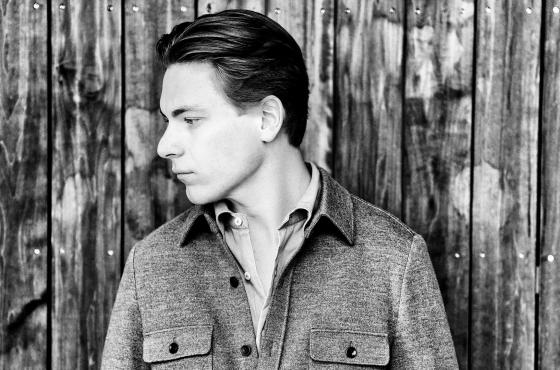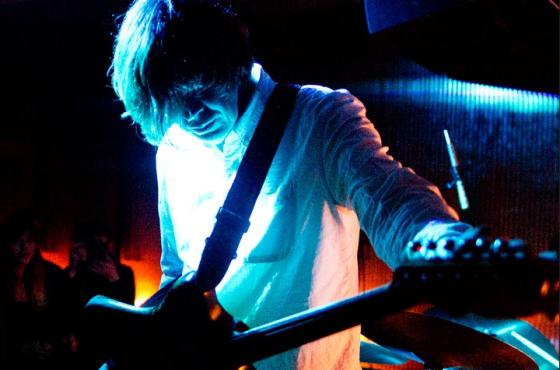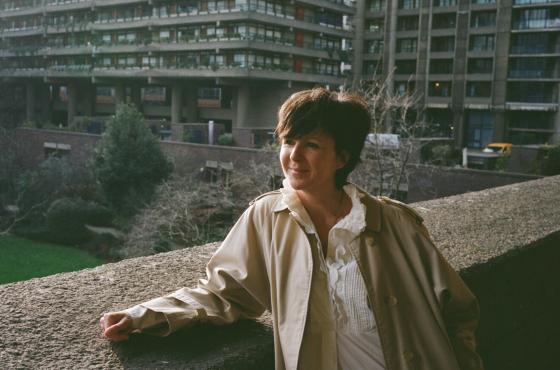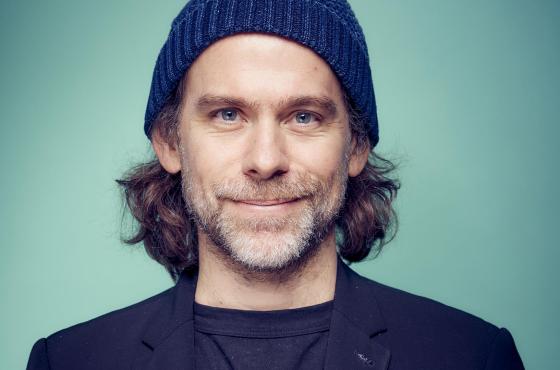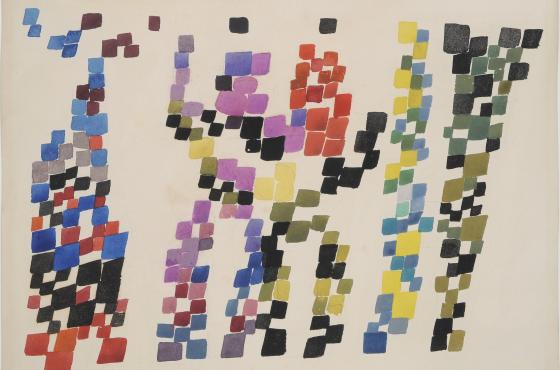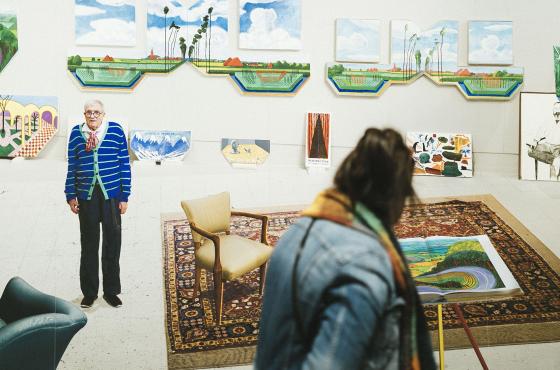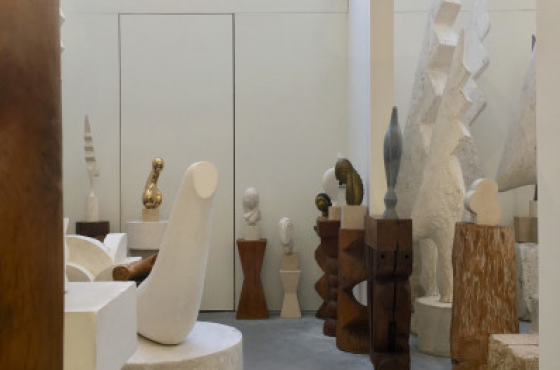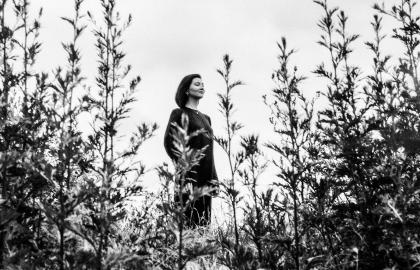1. From Kazakh folk songs to a rigorous education
Bisengalieva vividly recalls how her grandmother sang traditional Kazakh folk songs - music that young Galya soon picked up by ear. Violin playing was also never far away, as both her parents were violinists. Not much later, Bisengalieva took up the instrument herself. She underwent a strict Soviet-style schooling and at 12 received a scholarship to continue her studies in London, where she later perfected her skills at the prestigious Royal Academy of Music.

2. A new vision of the violin
Bisengalieva's own voice grew out of a rebellion against much of what she had been taught. The musician wants to reinvent the violin; push the instrument's limits to the limit and discover new sounds. Yet her deep knowledge of the instrument helps her: “When you spend your childhood going down such a rabbit hole on one instrument the possibilities really do seem endless with a small amount of inputs.” As such, Bisengalieva's latest album Polygon (2023) consists of minimal resources. With no more than a violin, voice, some traditional Kazakh instruments and electronics, she opens up a vast, at times ominous, musical landscape. Shreds of folk, ambient, incantatory drones and echoes of a lost club flow silently into each other and echo above Bisengalieva's violin.
3. Layer upon layer upon layer
On the carefully constructed title track Polygon, she stacks no less than forty detuned violins on top of each other while a deep bass pounds obstinately. When the violins suddenly fade away, the bass also unravels. The composer is not on her test piece here. Umay, heard on her second EP, consists of 60 layers of electronically manipulated violins. A sampled shankobyz, a traditional Kazakh mouth harp, takes on an almost menacing presence and is ingeniously deployed as an uncommon drum machine.
4. Bisengalieva tells stories
Not only does she open up new worlds with her violin experiments, her albums are invariably anchored in history and current events. Polygon highlights the infamous Kazakh test site Semipalatinsk, also known as ‘The Polygon’, where 465 nuclear tests were held during the Soviet era - with disastrous consequences for the region and population. On her 2020 debut album Aralkum, Bisengalieva refers to the desert of the same name - the youngest in the world - created since the 1960s by the irrigation of the Aral Sea. Bisengalieva's penchant for field recordings is also evident on this album. On the track Zhalanash, for instance, she integrates the call of a cormorant, a bird that settled in the area before the ecological disaster.
5. And transcends genres
Bisengalieva's ingenuity and virtuosity ensured close collaborations with luminaries from different musical corners: from minimal music figurehead Terry Riley and deep listening icon Pauline Oliveros, to figures from electronic music like Suzanne Ciani, Laurie Spiegel and Jlin, as well as musicians like Thom Yorke, Actres and Hildur Guðnadóttir. And you might have already heard Bisengalieva without knowing. Her solos and improvisations sounded on several soundtracks: from You Were Never Really Here and The Two Popes to Suspiria. Bisengalieva also appears regularly in the fashion world. She has collaborated with Alexander McQueen, Burberry and Norlha, among others.
